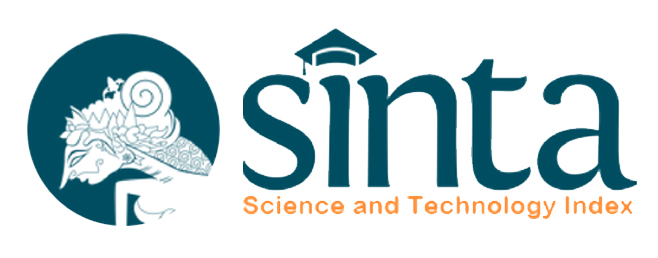Ḍilā’ al-Kharāfati ‘alā al-Tarbiyyati fī al-‘Asr al-‘Abbasī
Abstract
Although the establishment of Abbasid Dynasty was based on bloodshed, the dynasty had experienced golden periods, and one of them was education. That phenomenon was marked by the rise of Baitul Hikmah library which was the meeting point of sciences either from the west (Greece) or the east (India, Persia, and China). Then, Muslim experts developed them into various sciences, such as mathematics, philosophy, astronomy, medicine, physics, metaphysics, and literature. This article aimed to describe forms of fable in Abbasid dynasty, and the impact of fable in education during Abbasid dynasty. This study employed descriptive qualitative method by literature review approach based on post-positivism philosophy. In collecting the data, the study uses various techniques, such as reading and writing. To test the validity of the data, the author applied triangulation method. The data were analyzed through data reduction, data display, and conclusion. The results of this research showed that the fable forms in Abbasid dynasty are fable translation, while the impact of fable to education in Abbasid dynasty is moral learning effort of Abbasid dynasty’s society.
Keywords
Full Text:
PDFReferences
المراجع
بهيجة، ساسي. (2011/ 2012). حكاية الخرافة على لسان الحيوان ابن المقفع ولافونتين "أنموذجا". رسالة الماجيستير قسم اللغة العربية وآدابها كلية الآداب واللغات جامعة تلمسان.
المراجع الأخرى
Djajasudarma, T. Fatimah, (2006). Metode Linguistik Ancangan Metode Penelitian dan Kajian. Cetakan Kedua. Bandung: PT Refika Aditama.
Fatin, Idhoofiyatul, Sofi Yunianti, Sandha Soemantri, Fajar Setiawan. (2018). Master Kisi-kisi UN SMP/ MTs 2019 Sistem UNBK+UNKP. Jakarta: Cmedia.
Harimurti, Shubhi Mahmashony. (2015). “Seni Pada Masa Pemerintahan Dinasti Abbasiyah Tahun 711-950 Masehi”. Dalam Jurnal Kajian Seni, Jurnal UGM, Yogyakarta, Vol. 01, No. 02. Hal. 194-204.
Hitti, Philip K. (2006). History of The Arabs. Penerjemah: R. Cecep Lukman Yasin dan Dedi Slamet Riyadi. Jakarta: PT Serambi Ilmu Semesta.
Https://rumus.co.id. Fabel-Pengertian, Ciri-ciri, Jenis-jenis, dan Contoh. Didownload Senin 20 April 2020 pada pukul 09:38 WIB.
Kirana, Annisa Candra. (2016). “Perkembangan Puisi Arab Pada Masa Dinasti Abbasiyah”. Dalam Skripsi Jurusan Sastra Arab Fakultas Ilmu Pengetahuan Budaya Universitas Indonesia, Depok.
Puriyadi. (2009). Nilai Etika Dalam Kalilah Wa Dimnah Karya Ibn al-Muqaffa’. Jurnal Ilmu Ushuluddin, UIN Antasari. Vol. 09, No. 1, Edisi Januari, Hal. 1-23.
Safitri. (2015). “Kemajuan Umat Islam Di Masa Bani Abbasiyah Studi Kasus: Kemajuan di Bidang Keilmuan Di Masa Harun Al Rasyid. Skripsi Jurusan Sejarah dan Kebudayaan Islam Fakultas Adab dan Humaniora UIN Syarif Hidayatullah, Jakarta.
Setiawan, Rendy. (2017). “Baitul Hikmah Bukti Majunya Islam di Bidang Ilmu Pengetahuan”. https://minanews.net. Didownload Senin 20 April 2020 pada pukul 06:44 WIB.
Sugiyono. 2008. Metode Penelitian Pendidikan Pendekatan Kuantitatif, Kualitatif, R&D. Bandung: Alfabeta,
DOI: https://doi.org/10.18860/jali.v1i2.9692
Refbacks
- There are currently no refbacks.
Copyright (c) 2020 JALi Journal of Arabic Literature
Member of:
Indexed by:
_(2).jpg)
![]()


Editorial Office:
Arabic Language and Literature Programme
Faculty of Humanities
Universitas Islam Negeri Maulana Malik Ibrahim Malang
Jalan Gajayana 50 Malang, Jawa Timur, Indonesia 65144
Email: jali@uin-malang.ac.id / jali.uinmaliki@gmail.com
Phone: +62 (0)341 551354
View My Stats
This work is licensed under a Creative Commons Attribution 4.0 International License.




